風濕模型研究,為什么要檢測自主行為?
文獻來源

研究背景
類風濕性關節(jié)炎(RA)是一種以慢性滑膜炎和關節(jié)骨破壞為特征的自身免疫性疾病。這些病理表現(xiàn),極大降低了RA患者的生活質(zhì)量,主要是由于運動障礙以及與疾病相關的疼痛。抗風濕藥物如生物制劑和JAKYZ劑能很好地控制關節(jié)炎癥和畸形,但許多RA患者對疾病的主觀評估往往與醫(yī)生的評估不一致,特別是在疼痛主訴方面,盡管藥物ZL之后關節(jié)癥狀有所改善,但患者感受疼痛仍然持續(xù)存在。
在迄今的大多數(shù)類風濕性關節(jié)炎非臨床研究中,機械刺激引起的逃避反應被用作疼痛的衡量標準。然而,當評估RA疼痛相關癥狀時,這種方法有兩個顯著的局限性。首先,患者所描述的疼痛通常發(fā)生在休息或日常生活活動中,不一定與有害刺激有關。第二,與RA相關的滑膜炎癥和關節(jié)癥狀,可能干擾反射性快速逃逸行為,從而降低測量的可靠性和重現(xiàn)性。
為了達到更高的疾病緩解率和患者滿意率,優(yōu)化可用于ZLRA的藥物ZL方法,不僅需要評估關節(jié)炎的癥狀,還需要評估與RA實驗動物模型相關的疼痛和不適的行為學變化。疼痛相關的自發(fā)行為應該與自主運動和環(huán)境感覺輸入相聯(lián)系來評估。
研究實驗
本文作者使用了兩種新方法,用于評估類風濕關節(jié)炎(RA)模型中的自主行為。
1.把實驗小鼠放置在自主活動轉(zhuǎn)輪上評估自發(fā)活動,并連續(xù)記錄轉(zhuǎn)動次數(shù)。
2.通過測量區(qū)域溫度(25 ~ 49℃)和固定溫度(25℃)下熱板的使用時間和動物探索行為來評估溫度偏好。
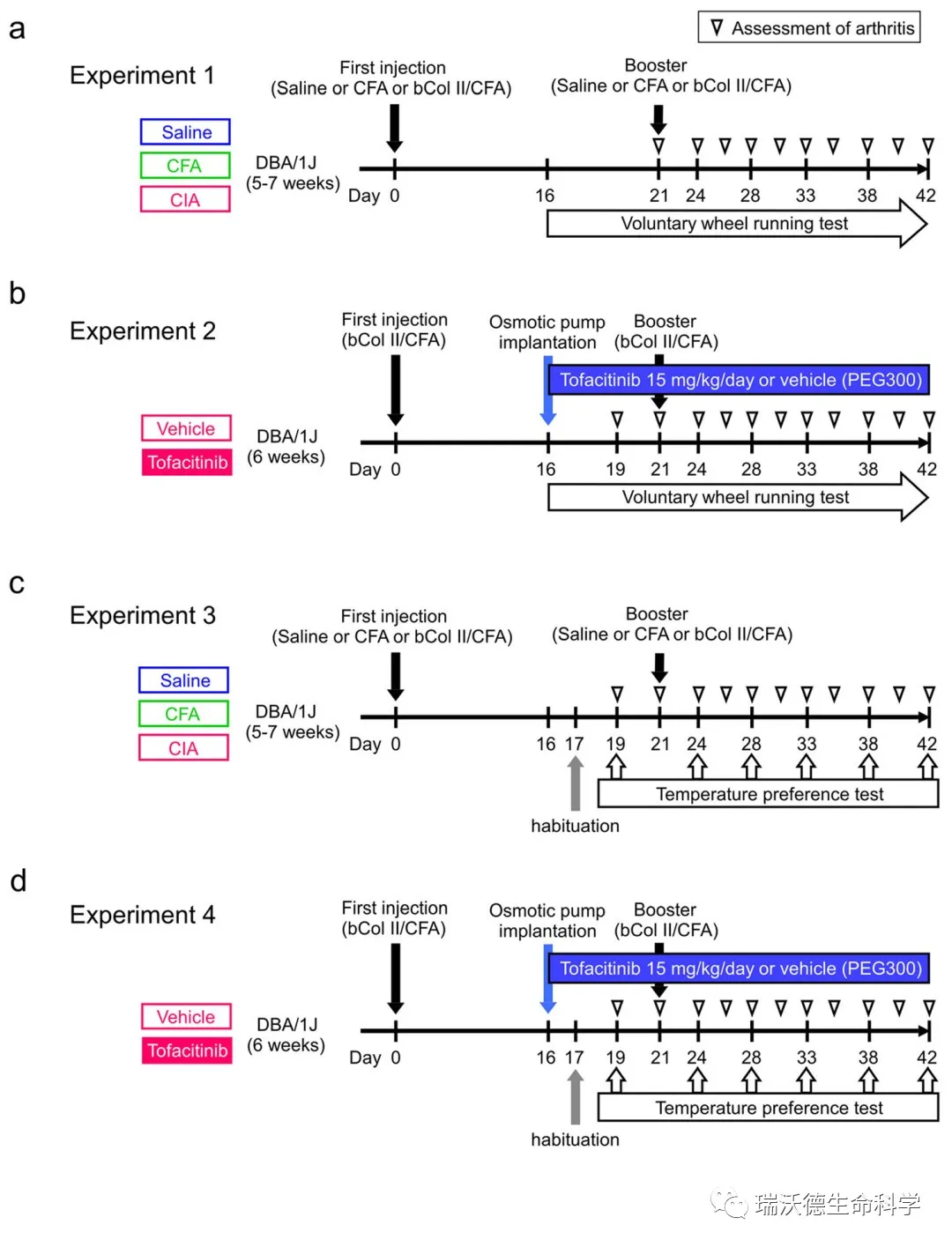
Figure1:Experimental protocols. a Experiment 1. Collagen-induced arthritis (CIA) was induced in mice by a first injection of bovine type II collagen (bCol II) with complete Freund’s adjuvant (CFA) on day 0 and a booster injection on day 21 (black arrows). The control groups were injected with saline or CFA. The mice were single-housed in home cages with running wheels from day 16, and the number of wheel rotations was measured continuously (voluntary wheel running test). The arthritis score was checked on days 21, 24, 26, 28, 31, 33, 35, 38, 40, and 42 (open triangles). b Experiment 2. CIA was induced by a first injection of bovine type II collagen/CFA on day 0 and a booster injection on day 21. The CIA mice received tofacitinib 15 mg/kg/day or vehicle (PEG300) by subcutaneous osmotic pump infusion from day 16 (blue arrow). A voluntary wheel running test was performed from day 16 onwards. The arthritis score was assessed on days 19, 21, 24, 26, 28, 31, 33, 35, 38, 40, and 42 (open triangles). c Experiment 3. Each model was created in the same way as for experiment 1. The temperature preference test was performed on days 19, 24, 28, 33, 38, and 42 (open arrows) after habituation on day 17 (gray arrow). The arthritis score was assessed on days 19, 21, 24, 26, 28, 31, 33, 35, 38, 40, and 42 (open triangles). d Experiment 4. Induction of CIA and drug administration were performed in the same way as in experiment 2. The temperature preference test was performed on days 19, 24, 28, 33, 38, and 42 (open arrows) after habituation on day 17 (gray arrow). The arthritis score were assessed on days 19, 21, 24, 26, 28, 31, 33, 35, 38, 40, and 42 (open triangles)
使用Ⅱ 型膠原誘導的關節(jié)炎(CIA)模型進行實驗。實驗共分為四組:CIA造模組,佐劑(CFA)注射組,生理鹽水組,CIA造模+tofacitinib藥物ZL組。
在研究中對所有小鼠的關節(jié)炎評分進行分析。根據(jù)關節(jié)炎狀態(tài)變化的時間進程,作者將觀察期分為以下三個階段:
1.臨床前(18-25天;無關節(jié)炎體征期);
2.早期臨床(第26-34天;評分和發(fā)病率開始增加);
3.臨床晚期(35-42天;持續(xù)高評分和高發(fā)病率)。
在臨床晚期,CIA組有炎癥細胞浸潤和典型的踝關節(jié)軟骨破壞,生理鹽水組和CFA組未見。【注:風濕炎癥評分-評估關節(jié)炎對各肢體臨床癥狀的改變,評分如下:0分,無紅斑、腫脹跡象;1分,限于手指、跗骨或踝關節(jié)的紅斑和腫脹;2分,紅斑和腫脹,從踝部延伸到跗骨; 3分,從踝部至跗骨處紅斑和嚴重腫脹】
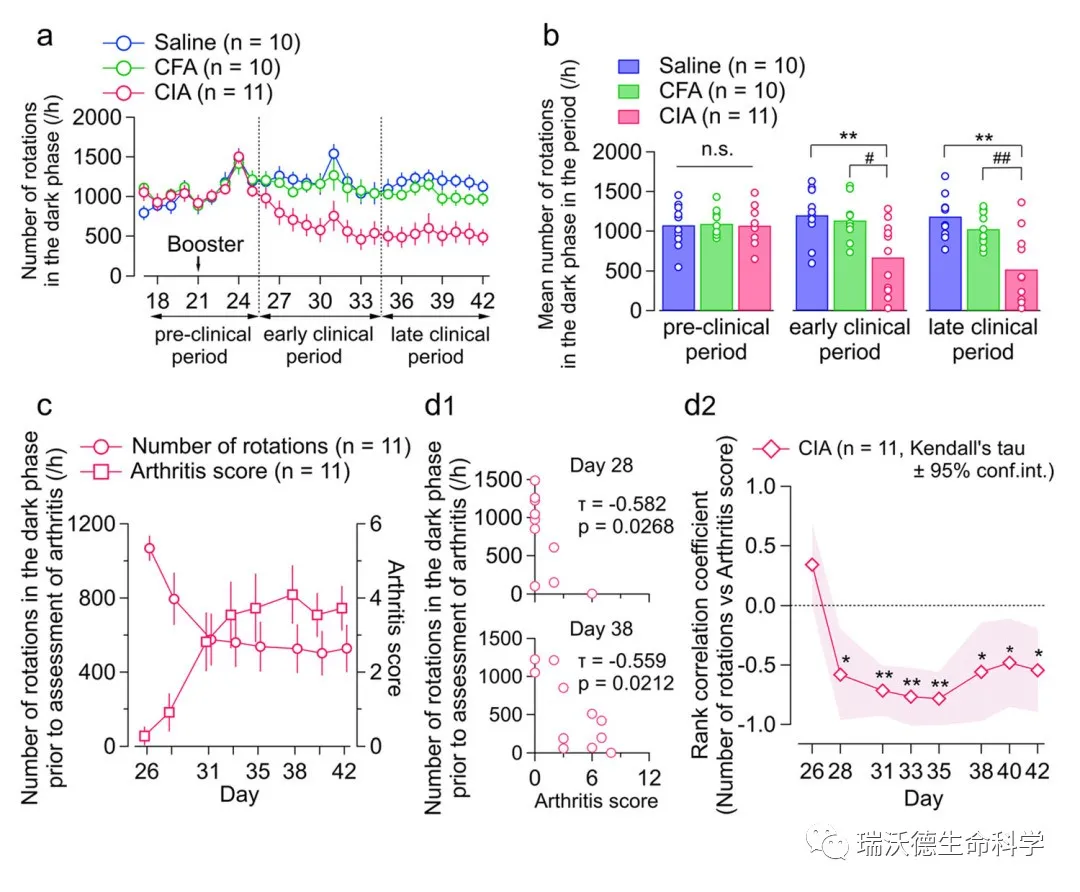
Fig. 2 Effects of arthritis on voluntary wheel running (experiment 1). a Time course of number of rotations per hour in the dark phase in the saline (blue), CFA (green), and CIA (red) groups. The values are shown as the mean ± standard error of the mean. b Mean number of rotations per hour in the dark phase during the pre-clinical period (days 18–25), early clinical period (days 26–34), and late clinical period (days 35–42). The bars indicate the average number of rotations, and each open circle indicates a value from a mouse. *p < 0.05, **p < 0.01, saline vs. CIA; #p < 0.05, ##p < 0.01, CFA vs. CIA, by one-way ANOVA followed by Tukey’s test. c Time course of arthritis score (right y axis) and number of rotations per hour in the dark phase prior to assessment of arthritis (left y axis). Abscissa, days after first injection. The values are shown as the mean ± standard error of the mean. d1 Scatter plots showing the relationship between number of rotations in the dark phase prior to assessment of arthritis (y axis) and the arthritis score (x axis) on day 28 (above) and day 38 (below). The insets show the values for Kendall’s tau and the p value for zero correlation d2 Time course of rank correlation coefficient in the CIA group. The hashed zone indicates the 95% confidence interval for Kendall’s tau. *p < 0.05, **p < 0.01, by Kendall’s correlation analysis. CFA, complete Freund’s adjuvant; CIA, collagen-induced arthritis; n.s., not significant
實驗結(jié)果
使用CIA模型,作者持續(xù)評估小鼠在第16天到42天的自發(fā)運動,以分析關節(jié)炎的發(fā)展如何影響自發(fā)行為。在臨床早期和晚期,CIA組在黑暗期的旋轉(zhuǎn)次數(shù)顯著減少。這一下降與CIA組前肢和后肢關節(jié)炎評分的增加相吻合,CFA組和生理鹽水組的關節(jié)炎評分沒有任何增加。在大約26天出現(xiàn)關節(jié)炎癥狀后,CIA組的平均旋轉(zhuǎn)次數(shù)逐漸減少,在觀察期間保持較少的旋轉(zhuǎn)次數(shù),而鹽水組和CFA組則沒有變化。在CIA小組中,平均旋轉(zhuǎn)數(shù)在早期顯著小于其他兩組。有趣的是,CIA小組的夜間轉(zhuǎn)輪次數(shù)的分布也發(fā)生了變化,CIA小鼠中,從第23天到第34天,晚期夜間的旋轉(zhuǎn)數(shù)比早期夜間減少的更多。這導致夜間運動的時間趨勢向較早的時間移動,這表明運動活動的減少在晚期夜間階段更為明顯。
接下來,從第16天開始,通過緩釋泵給小鼠皮下輸注tofacitinib或vehicle。28天后, vehicle組的后足厚度顯著增加(p < 0.01),而tofacitinib組的后足厚度無顯著變化。tofacitinib組和vehicle組在第28天之后的每一天的后爪厚度都不同。tofacitinibZLCIA組小鼠的轉(zhuǎn)輪旋轉(zhuǎn)次數(shù)在早期顯著增加。
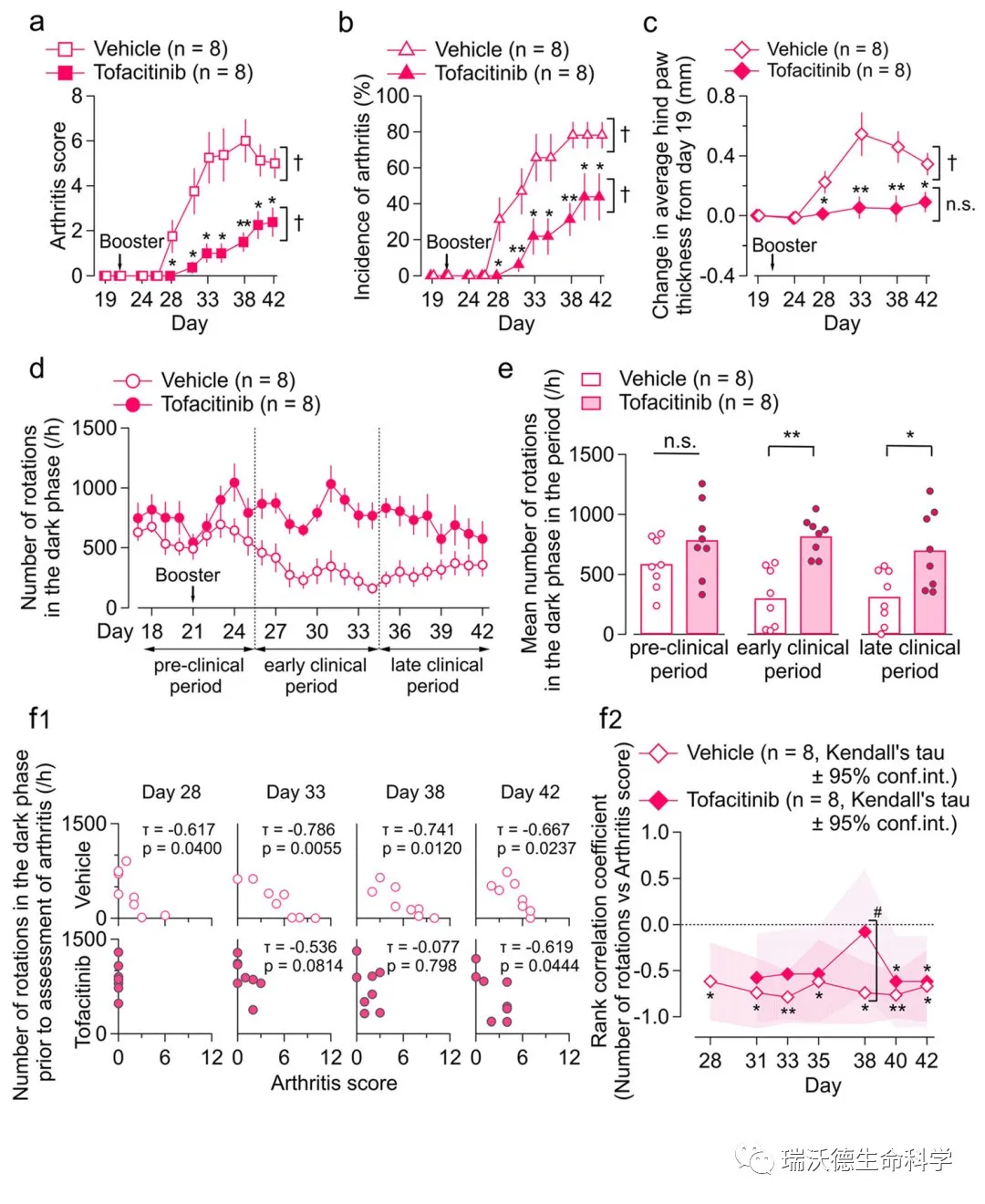
Fig. 3 Influence of tofacitinib on CIA-associated change in voluntary wheel running (experiment 2). a–c Time course of arthritis score (a), incidence of arthritis (b), and change in average hind paw thickness from day 19 (c) in tofacitinib-treated and vehicle-treated CIA mice. Abscissa, days after first injection. The values are shown as the mean ± standard error of the mean. The interaction effects were significant (p < 0.05) by two-way repeated-measures ANOVA in b and c. *p < 0.05, **p < 0.01, tofacitinib vs. vehicle; by the Mann-Whitney U test (a) and Student’s t test (b, c). ?p < 0.01; by Friedman’s test (a) and one-way repeated-measures ANOVA (b, c). d Time course of number of rotations per hour in the dark phase in tofacitinib-treated (filled circle) and vehicle-treated (open circle) CIA mice. The values are shown as the mean ± standard error of the mean. e Mean number of rotations in the dark phase in the pre-clinical, early clinical, and late clinical periods in tofacitinib treated and vehicletreated CIA mice. The bars indicate the average number of rotations, and each circle indicates the value for one mouse. *p < 0.05, **p < 0.01, tofacitinib vs. vehicle; Student’s t test. f1 Scatter plots showing the relationship between number of rotations in the dark phase prior to the assessment of arthritis (y axis) and arthritis scores (x axis) in the tofacitinib-treated (below) and vehicle-treated (above) CIA mice on days 28, 33, 38, and 42. The insets show the values for Kendall’s tau and the p value for zero correlation. f2 Time course for rank correlation coefficient between number of rotations and the arthritis score in tofacitinib-treated and vehicle-treated CIA mice. The hashed zone indicates the 95% confidence interval of Kendall’s tau. *p < 0.05, **p < 0.01, by Kendall’s correlation analysis. #p < 0.05, by Z-transform method. CIA, collagen-induced arthritis; n.s., not significant
在哺乳動物中,環(huán)境溫度是通過一系列瞬時受體電位通道來檢測的,這些通道在特定溫度范圍(17 ~ 43°C)內(nèi)被激活。CIA小鼠對后爪固定強度的熱輻射反應常常表現(xiàn)為置于熱板后表現(xiàn)出舔后爪或跳躍行為的潛伏期縮短。作者試圖評估動物和人類在日常生活中所經(jīng)歷的非有害環(huán)境溫度下自發(fā)行為的變化。為了達到這個目的,研究人員將實驗動物放置在一個環(huán)境中,動物可以在室溫地板的隔間和有更高溫度地板的隔間之間進行選擇。
這項研究有趣地發(fā)現(xiàn),CIA組更喜歡中間溫度31-43°C,而不是25°C。在觀察期間,28天后這種趨勢明顯可見(圖4b)。這一發(fā)現(xiàn)清楚地表明CIA作用下小鼠的溫度-舒適關系發(fā)生了改變。在DY階段和第二階段中,小鼠停留時間更長,板間轉(zhuǎn)換減少,這表明小鼠更喜歡待在溫度較高的31-43°C的板上,而不是頻繁地離開它(圖4b)。這種溫度-舒適度關系的變化,讓人聯(lián)想到人類RA患者偏愛溫水浴(36-37°C),為溫水浴可以緩解疼痛,以及傳統(tǒng)的spaZL提供研究支撐。由此推測,本研究中CIA小鼠對溫暖溫度的偏好增加可能反映了動物的主觀“感覺”,即較高的溫度可以減少傷害性感覺。
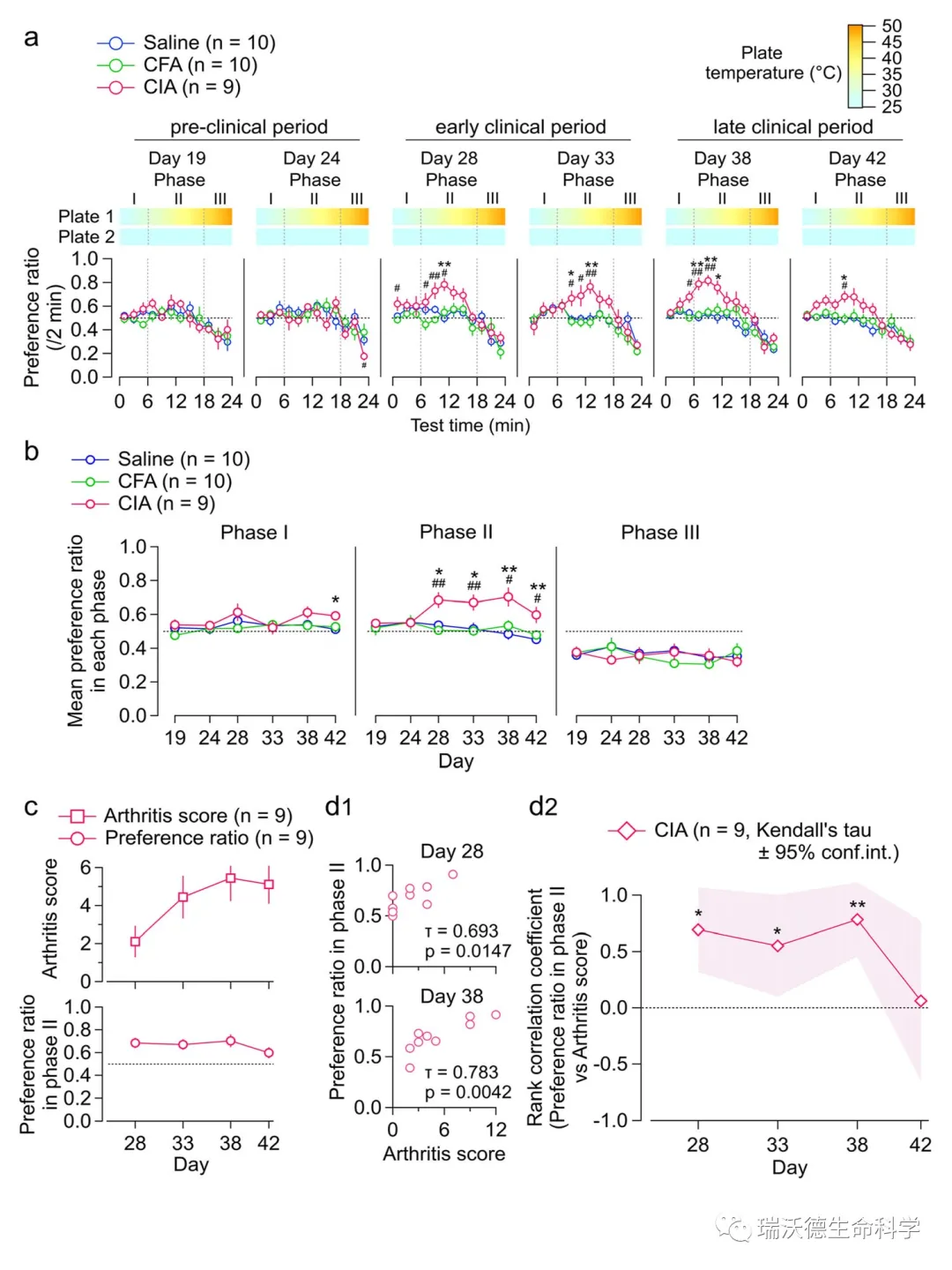
Fig. 4 Effects of arthritis on temperature preference (experiment 3). a Test time-dependent changes in the preference ratio between two plates with fixed temperature (25 °C) and increasing temperature (1 °C/min from 25 °C for 24 min) in the pre-clinical period (days 19–24), early clinical period (days 28–33), and late clinical period (days 38–42) in the saline, CFA, and CIA groups. Ordinate, preference ratio per 2 min; abscissa, test time. The color scale above indicates the temperature of the plate at each time point. The test interval was divided in three phases as follows: 0– 6 min, phase I; 6–18 min, phase II; and 18–24 min, phase III. The horizontal dotted line indicates a preference ratio of 0.5. b Time course of the mean preference ratio in each phase in the saline, CFA, and CIA groups. The horizontal dotted line indicates a preference ratio of 0.5. The values in a and b are shown as the mean ± standard error of the mean. *p < 0.05, **p < 0.01, saline vs. CIA; #p < 0.05, ##p < 0.01, CFA vs. CIA, by one-way ANOVA followed by Tukey’s test. c Time course of arthritis score (upper y axis) and preference ratio in phase II (lower y axis) in the CIA group. d1 Scatter plots showing the relationship between the preference ratio in phase II (y axis) and arthritis score (x axis) on days 28 (above) and 38 (below). The insets show the values for Kendall’s tau and the p value for zero correlation. d2 Time course of rank correlation coefficient for the relationship between the preference ratio in phase II and the arthritis score in the CIA group. The hashed zone indicates the 95% confidence interval for Kendall’s tau. *p < 0.05, **p < 0.01, by Kendall’s correlation analysis. ANOVA, analysis of variance; CFA, complete Freund’s adjuvant; CIA, collagen-induced arthritis
總結(jié)
文獻S次采用自主行為研究CIA模型中動物相關生理變化,包括自主活動(晝夜)以及特定溫度偏好,指標參數(shù)與傳統(tǒng)的關節(jié)炎評分表現(xiàn)出差異性,特別是在藥物ZL期間。這些方法的使用也將有助于闡明在RA評估中醫(yī)患不一致的生物學機制。
自主活動轉(zhuǎn)輪
溫度位置偏好測試儀
Smart3.0視頻追蹤系統(tǒng)
(點擊圖片查看產(chǎn)品詳情)
以上就是文獻提及的實驗方法,關于自主行為檢測可不止這些,使用重力感應,紅外監(jiān)測,步態(tài)捕捉等技術可以從多角度更加細致的分析動物自主行為。了解更多動物自主行為檢測方法,立即掃碼查看!

相關產(chǎn)品
全部評論(0條)
推薦閱讀
-
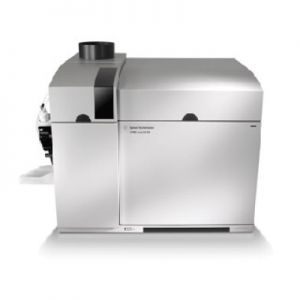
- 液相色譜為什么要除蛋白,液相色譜為什么要沉淀蛋白
- 液相色譜作為一種高效的分析工具,在處理含有蛋白質(zhì)的復雜樣品時,除蛋白操作不可忽視。通過合適的除蛋白方法,可以有效減少蛋白質(zhì)對色譜分析的干擾,優(yōu)化分離效果。
-
- 光纜聚乙烯護套料為什么要檢測炭黑含量?
- 光纜是光纖通信的主要傳輸載體,其運行的可靠性和運行壽命對通信網(wǎng)絡的可靠性具有重要意義。
-
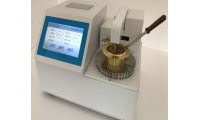
- 我們?yōu)槭裁匆P注“閃點”?
- 閃點是樣品中的蒸氣與空氣結(jié)合形成可燃混合物并在施加點火源時“閃光”的最低溫度。閃點測試已有 100 多年的歷史,是一種幫助評估和分類材料的安全隱患以便進行分類、儲存和運輸?shù)募榷ㄗ龇ǎ⒈皇U物和化
①本文由儀器網(wǎng)入駐的作者或注冊的會員撰寫并發(fā)布,觀點僅代表作者本人,不代表儀器網(wǎng)立場。若內(nèi)容侵犯到您的合法權(quán)益,請及時告訴,我們立即通知作者,并馬上刪除。
②凡本網(wǎng)注明"來源:儀器網(wǎng)"的所有作品,版權(quán)均屬于儀器網(wǎng),轉(zhuǎn)載時須經(jīng)本網(wǎng)同意,并請注明儀器網(wǎng)(www.ghhbs.com.cn)。
③本網(wǎng)轉(zhuǎn)載并注明來源的作品,目的在于傳遞更多信息,并不代表本網(wǎng)贊同其觀點或證實其內(nèi)容的真實性,不承擔此類作品侵權(quán)行為的直接責任及連帶責任。其他媒體、網(wǎng)站或個人從本網(wǎng)轉(zhuǎn)載時,必須保留本網(wǎng)注明的作品來源,并自負版權(quán)等法律責任。
④若本站內(nèi)容侵犯到您的合法權(quán)益,請及時告訴,我們馬上修改或刪除。郵箱:hezou_yiqi
最新話題
最新文章
- 智慧河道水位流量監(jiān)測系統(tǒng)——用監(jiān)測儀,丈量水位雨量流速流量的 “脈搏”
- 河道水位雨量監(jiān)測系統(tǒng)——水位雨量流速流量監(jiān)測儀:水文監(jiān)測的智慧之眼
- 多場景覆蓋:卓立漢光LIBS系列產(chǎn)品的分類與功能定位
- 【飛納三點半,科普有點范兒!】第 104 期:搞懂 SEM 荷電效應,再也不怕成像發(fā)虛!
- 倒置鈣鈦礦太陽能電池-認證效率超過24% | Review of Materials Research
- 浪涌保護器選購秘籍:讓電氣設備遠離“雷”劫!
- 香港城市大學張文軍等:陽離子水凝膠電解質(zhì)助力高性能柔性鋅離子電池
- 天津本生小鼠CXC趨化因子受體3(CXCR3)ELISA試劑盒
- 上海富衡 | 小鼠胰島β細胞株;Min6細胞
- 5個問題讀懂壓力流速曲線!解鎖填料的“抗壓”密碼
作者榜

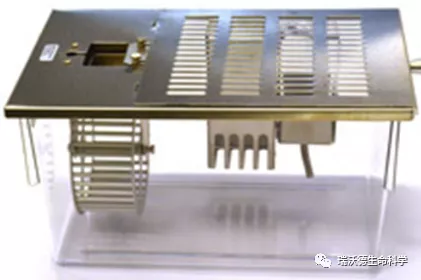
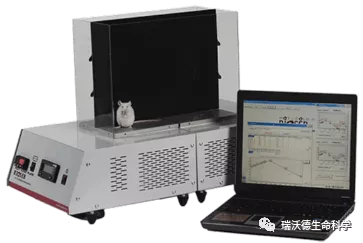
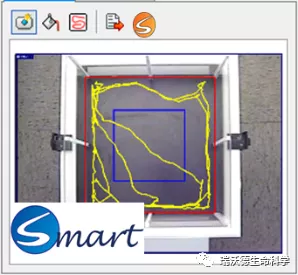
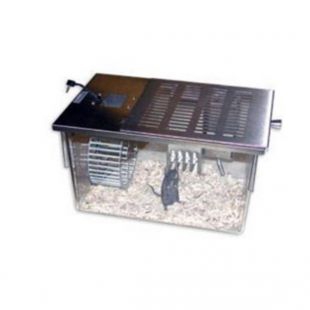
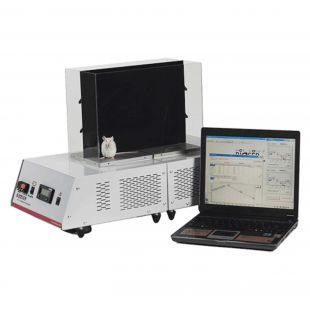
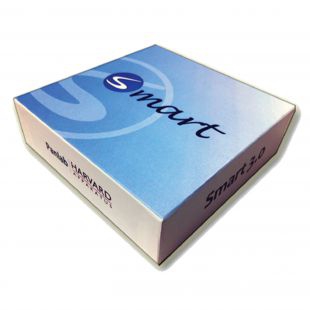
























參與評論
登錄后參與評論